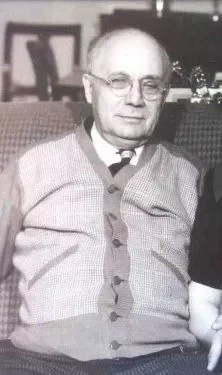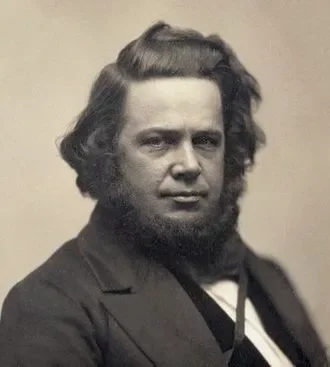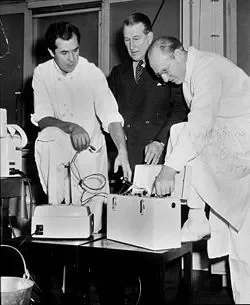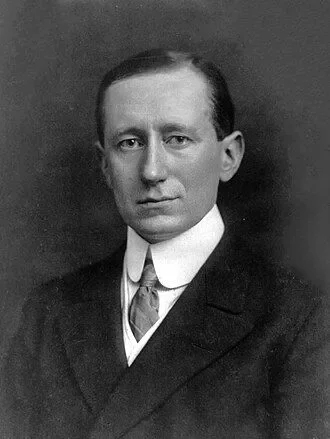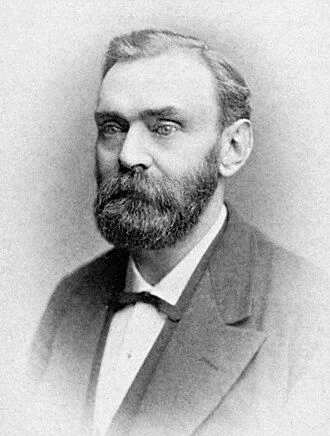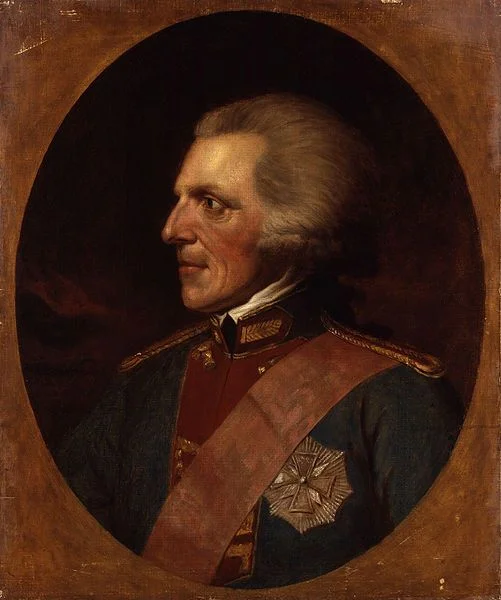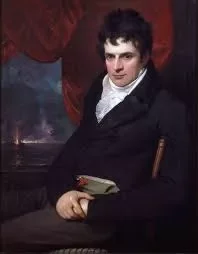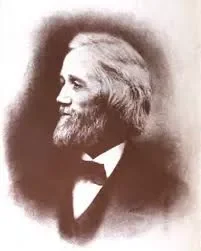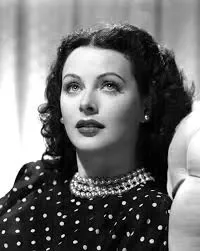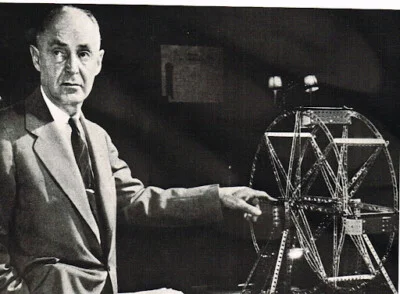Real Celebrities Never Die!
OR
Search For Past Celebrities Whose Birthday You Share

source:tse1.mm
Hiram Maxim
Birthday:
05 Feb, 1840
Date of Death:
24 Nov, 1916
Cause of death:
Natural causes
Nationality:
American
Famous As:
Engineer
Age at the time of death:
76
Introduction to Hiram Maxim
Hiram Maxim was an American inventor and engineer best known for developing the Maxim gun, the first fully automated machine gun. His innovations had a lasting impact on military development and modern warfare, influencing the course of 20th-century battles.
Early Life and Education
Hiram Maxim was born on February 5, 1840, in Sangerville, Maine, to a family of modest means. When his father shifted to farming, Maxim grew interested in mechanics and engineering during his formative years. He later worked as an apprentice to a machinist after completing his primary education, which gave him hands-on skills and experience in mechanical design.
Career Beginnings and Early Inventions
Maxim relocated to Boston in 1860 and continued to develop his mechanical skills, working on several inventions. He first gained fame for his work in lighting. In 1866, he patented a high-powered lighting system that burned pressurized gas to provide stronger and more reliable light. This innovation demonstrated his ability to create practical solutions for contemporary problems.
The Maxim Gun: A Revolutionary Invention
Maxim’s greatest impact on technology was in the firearms industry. His interest in military technology led to the invention of the Maxim gun, a groundbreaking advance in firearm automation. The idea for the Maxim gun began in the late 19th century when he sought to create a weapon that could fire continuously without manual reloading.
Hiram Maxim's Quote's
Development and Impact of the Maxim Gun
Patented in 1884, the Maxim gun was the world’s first fully automatic machine gun. It operated by using the recoil of each fired round to expel the spent cartridge and chamber a new one, allowing it to fire continuously as long as ammunition was available. This, along with its rapid fire rate, made the Maxim gun a key weapon on the battlefield, capable of firing up to 600 rounds per minute—a major leap in firepower from previous weapons.
Challenges and Legacy
Maxim’s career was one of both triumphs and challenges. Despite his satisfaction with the Maxim gun, Hiram Maxim’s posthumous reputation was not universally recognized. He faced competition from other inventors who were experimenting with different methods, and he had difficulties commercializing his innovations. Nevertheless, his contributions to technology were widely acknowledged, and he received several patents for his various inventions.
Exploration of Other Inventions
As with firearms, Maxim was involved in other areas of machine invention and engineering. He worked on numerous projects, ranging from an early version of the airplane to an advanced form of a smoke detector. His diverse interests and rebellious spirit reflected his commitment to pushing technology forward for the betterment of society.
Final Years and Lasting Impact
Hiram Maxim ceased inventing explosives in the early 20th century and spent his final years in relative obscurity. He died on November 24, 1916, in London, England. While Maxim’s inventions sparked numerous controversies and ethical debates, there is no denying that he remains a giant in the realm of inventing and innovation. His work on the Maxim gun marked a turning point in military technology and demonstrated how advancements can influence global events.
Name:
Hiram Maxim
Popular Name:
Hiram Maxim
Gender:
Male
Cause of Death:
Natural causes
Spouse:
Place of Birth:
Sangerville, Maine, USA
Place of Death:
London, England
Occupation / Profession:
Personality Type
Architect: Imaginative and strategic thinkers, with a plan for everything. He was known for his strategic thinking, problem-solving ability, and pioneering spirit.
He was knighted by Queen Victoria in 1901 for his contributions to engineering.
Hiram Maxim also invented a light bulb, but lost a patent dispute to Thomas Edison.
He experimented with early flight and designed a large steam-powered aircraft.
Maxim's invention of the Maxim gun was inspired by a conversation where someone suggested that creating a machine to "harvest men" would make him rich.
Invented the Maxim gun, the first fully automatic machine gun.
Received multiple patents for various innovations in the fields of lighting and firearms.
